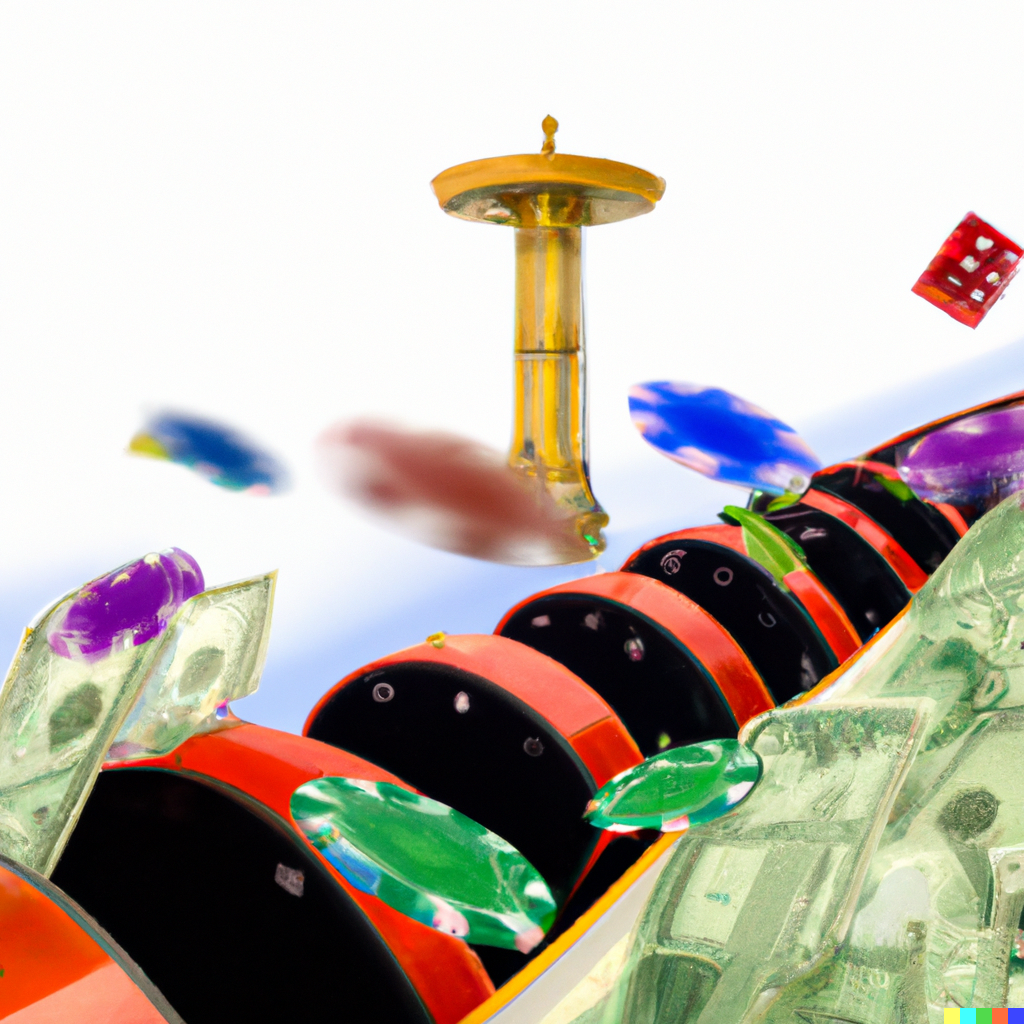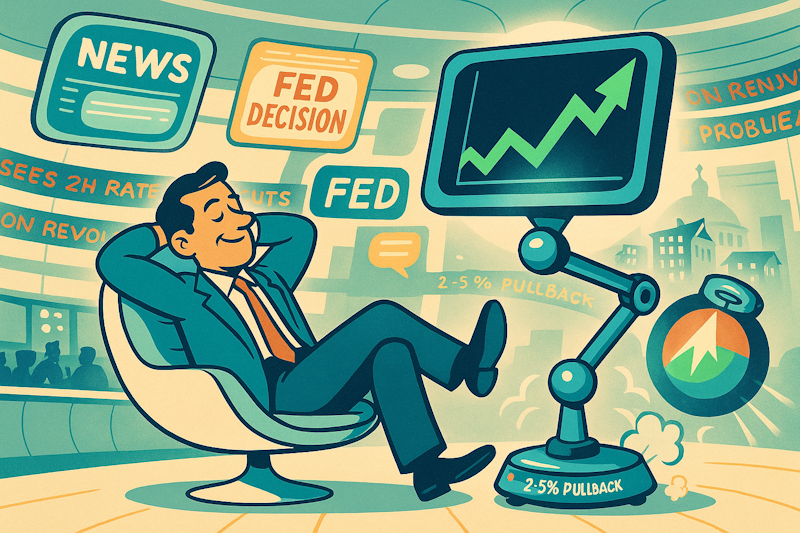JOIN ME LIVE AT 9 AM ET FOR: FAST MONEY FRIDAYS
There’s something fascinating that happened in the market Wednesday morning that I need to walk you through…
Because it perfectly demonstrates how simple math can reveal what looks like chaos to most traders.
We saw the market take an aggressive slide of 55 points at Wednesday’s open, quickly hitting both the 50% and 100% Average True Range (ATR) levels. And what most people saw as panic selling was actually setting up one of the clearest reversal signals you’ll ever see.
This isn’t about getting lucky or having a gut feeling. It’s about understanding how extreme price movements often signal the exact opposite of what they appear to represent.
How ATR Extensions Signal Market Manipulation
When I’m looking at intraday reversals, I’m not just watching price action — I’m measuring it against mathematical probability. Wednesday morning’s move stretched almost 150% of the ATR, which immediately tells me we’re dealing with something beyond normal market behavior.
Here’s what most traders miss…
When you see these extreme ATR extensions, especially in combination with trendline breaks, you’re often looking at what could be a pretty clear market manipulation level. The math becomes your guide to identifying when selling pressure has been artificially amplified.
This is where the bears finally had permission to think they’ve got the upper hand — but that permission often comes at exactly the wrong time for them.
The Fibonacci Confirmation System
Once I identify the manipulation level through ATR analysis, I’m immediately looking at Fibonacci retracements from the high to the low. Right now, we’re trading around the 38% fib from this high to low, and this becomes my key battleground.
The beauty of this system is its precision.
Fibonacci retracement levels, particularly the 38%, 50% and 61% levels, act as potential support or resistance points where the market often pauses or reverses.
When the market respects these levels, it means that the price action aligns with these mathematical ratios, providing a structured and predictable framework for traders.
If the price holds at these levels after an ATR extension, it indicates that the market may be ready to reverse or continue in the direction of the original trend, offering a high-probability setup for traders.
Just remember that no indicator or combination guarantees reversal signals, and market manipulation detection is complex and multifaceted.
This methodology isn’t about predicting every move. It’s about identifying high-probability setups where the mathematical odds are heavily in your favor. When ATR extensions meet trendline breaks and Fibonacci levels, you’ve got a systematic approach to what others see as random market noise.
The next time you see an aggressive intraday move, don’t just react to the price action — measure it. The math will often tell you a very different story than the headlines.
I’ll see you in the markets.
Chris Pulver
Chris Pulver Trading
Follow along and join the conversation for real-time analysis, trade ideas, market insights and more!
- Telegram:https://t.me/+av20QmeKC5VjOTc5
- YouTube:https://www.youtube.com/@FinancialWars
- Twitter:https://x.com/realchrispulver
- Facebook: https://facebook.com/therealchrispulver
Important Note: No one from the ProsperityPub team or Chris Pulver Trading will ever contact you directly on Telegram.
*This is for informational and educational purposes only. There is inherent risk in trading, so trade at your own risk.
P.S. Could You Really Pocket $1,000 Every Monday?
While most people watch the markets with uncertainty, a small group of traders has been quietly taking the same ticker, same trade, same time — 11:59 sharp…
And walking away with consistent gains.

The results have been so shocking, they’ve maintained a 100% win rate on live trades since February.
The trades expressed are from an 11 year backtest on 543 trades. The result was a 97.1% win rate, 17% average return (winners and losers) with an average hold time of 11 days. Every “Weekly Windfall” targets roughly $1,000 in income based on $5,000 in risk and every example is based on that same risk unless otherwise stated (Although you can get started with just a couple hundred bucks). From 9/30/24 – 8/17/25 on 93 live trades taken with real money, the win rate is 92.4%, 16% average return, with an average hold time of 11 days.



